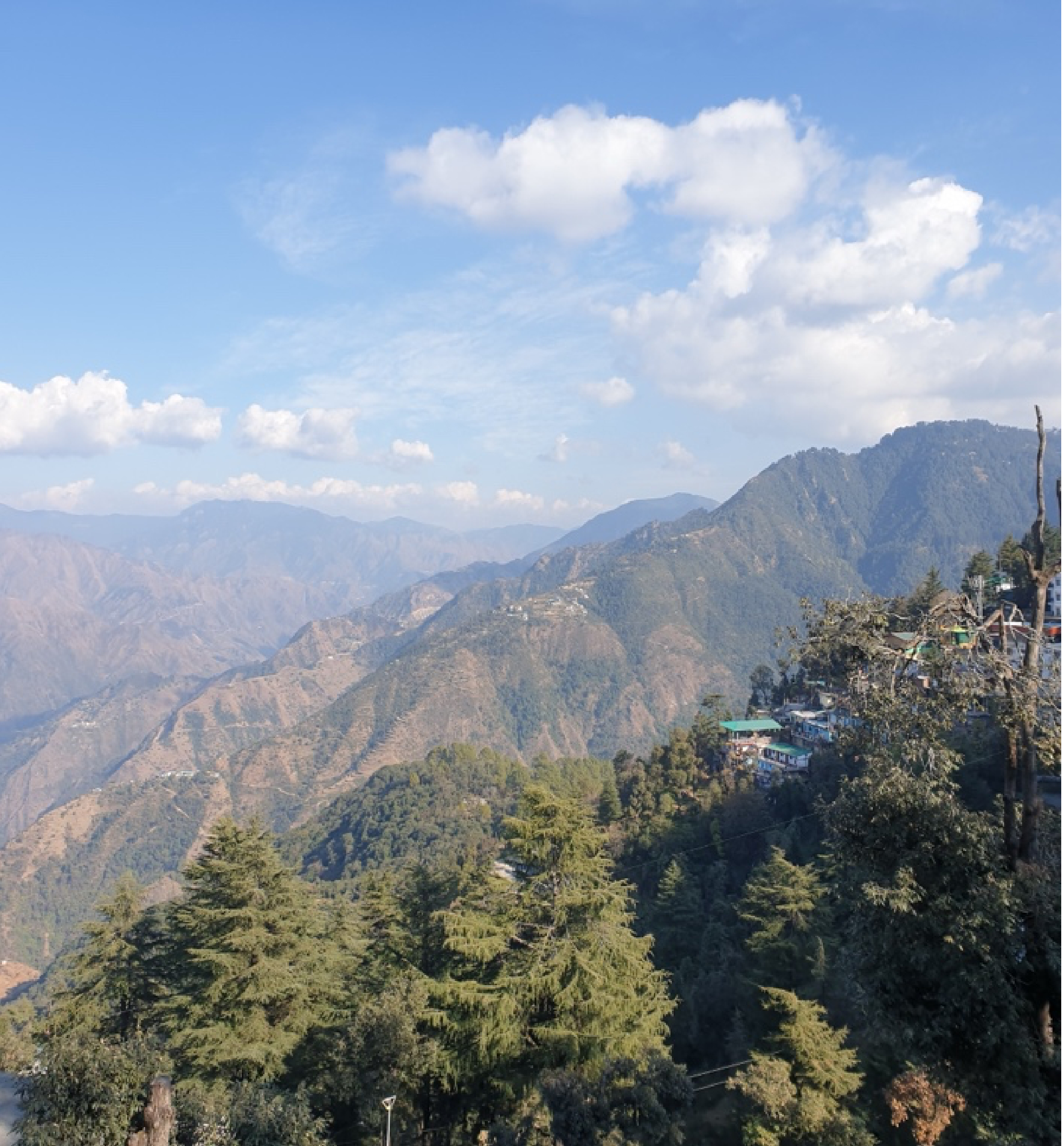India is a disaster-prone country, unique in its disposition
towards the elements: a prolonged drought and heat waves of record-breaking
temperatures are followed, or even co-exist with floods due to heavy rainfall
in parts of the country. The focus in India has been of relief and rescue after
the fact of disaster; the legislation establishing government agencies were
enacted after the occurrence of a major natural disaster.
A case in point: the Gujarat State Disaster Management Authority (GSDMA)
came into existence after the Earthquake of 2001, and it was only after the
2004 Tsunami that the DM Act of 2005 was passed, which paved the way for
establishing the National Disaster Response Force (NDRF) and Disaster
Management Authorities at the national, state and district levels.
The UN Climate Change conference in Paris, France and the third
world conference on Disaster Risk Reduction (WCDRR) held in Sendai, Japan in
2015 addressed the threat posed by climate-change and natural-disasters. The National
Disaster Management Plan (NDMP) released by the Prime Minister on 1 June 2016, which focuses on all
the phases of disaster management - prevention, mitigation, response and
recovery - is a step in a new direction.
The framework of the DM Plan of 2005 established a
response-centric, bureaucratic system that relied heavily on national level
response, with the local institutions inadequately prepared to immediately
respond to the challenges of natural disasters. This was evident in the floods
in Uttarakhand in 2013 and the Chennai floods of 2015, where the effects of the
disaster was heightened by reckless development, lack of early-warning systems
or risk mapping.
The NDMP, with its emphasis on reducing risk and mitigating
disaster, means that India has voluntarily put the Sendai Framework for
Disaster Risk Reduction into action. Another key aspect of the NDMP is the
integration of risk reduction at all levels of the government, and more
importantly, an increased engagement with civil society and grassroots
organizations working in the field of Disaster Management.
Pragya recently participated in a dialogue organized by the NDMA
with members of civil society and other government organizations, where we
presented the DMS-Himalaya, a disaster management manual based our experience
in responding to floods in Uttarakhand and Jammu & Kashmir in 2013 and 2014
respectively. The recommendations made in the manual, including a grassroots, citizen-based
early warning systems are to be piloted in the districts of Uttarakhand in the
coming year.





No comments:
Post a Comment